Part – II
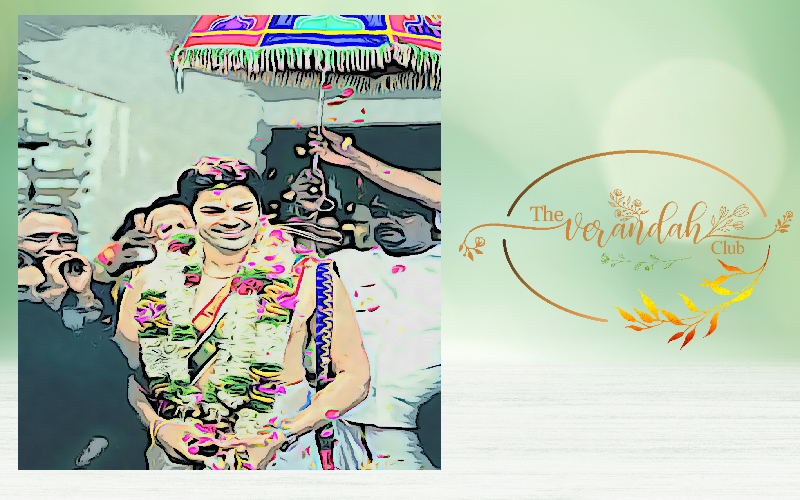
Kasi Yatra
Every individual is supposed to undergo four stages of life – bramacharya, grahastha, vanaprastha, and sanyasa. After the completion of the bramacharya way of life (control of the sense organs), he enters the grahastha (householder) stage during which marriage is performed. During Kasi Yatra, the bridegroom is supposed to set off on a pilgrimage towards Kasi (Banaras, on the banks of river Ganga) to get further knowledge about Brahman (The highest truth). During this, he walks off with a pair of slippers, umbrella, walking stick, and a spiritual book posing himself as a wanderer or paradesi. The bride’s father approaches and requests him to enter the second stage I.e., grahasthashrama. He promises to give his daughter in marriage. The bridegroom accepts the offer and is convinced by the words of the bride’s father that he can complete the purpose of living only after going through the wedded life with the life partner.
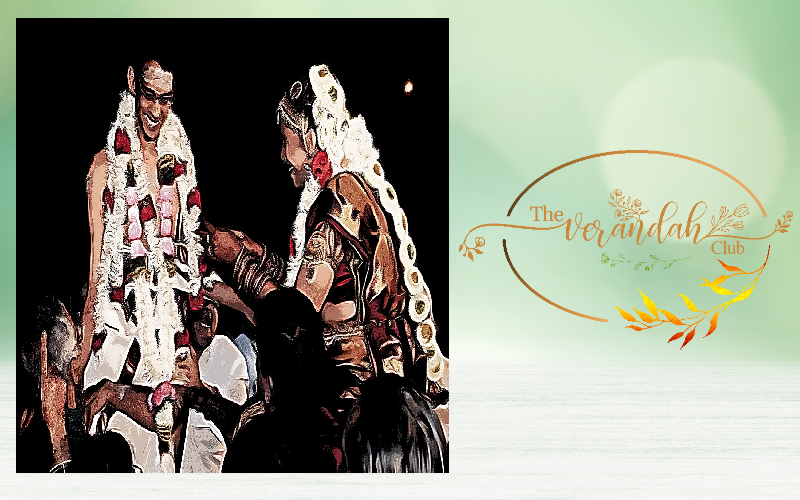
Exchange of Garlands
This is the non-vedic ritual forming part of all marriages and it is symbolically done. The exchange of garlands symbolises the synthesis of two different souls into one. During this event, the bride and the groom are lifted by her or his maternal uncle and they make it difficult for the bridegroom or the bride to garland her or him as they either lift too high or withdraw. All this is done only to ease the tension and bring the two different groups closer. By this process, introduction of relatives is also done. Present day youths are not in favour of such fun-filled rite.
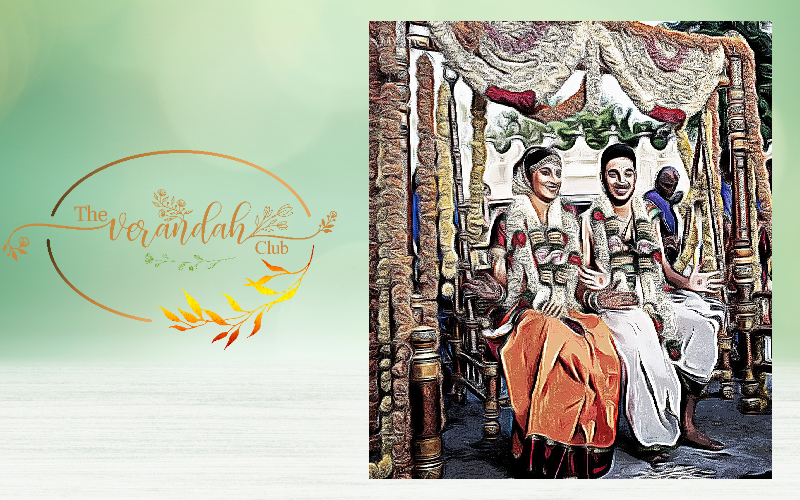
Oonjal – The Swing
After the exchange of garlands the bride and groom sit on the oonjal. An oonjal or swing is a wooden plank hung from the ceiling by steel chains. The performance of oonjal ceremony has a great significance. Though two separate chains carry the swing, their origin is the same. This symbolically signifies that the couple jointly face progression and retrogression in life. It gives confidence that they should face the oscillation of life together sitting in the same plank sharing their joy and sorrow together.
A minimum of five ladies or groups of ladies in odd numbers go round the oonjal. They carry water to clear the surroundings and light to invoke the Goddess Shri there. Rice balls are thrown in directions to eliminate negative vibrations. By doing circumambulations with the lighted lamps ‘positivity’ comes to the entire area. The light is always a symbol of auspiciousness.
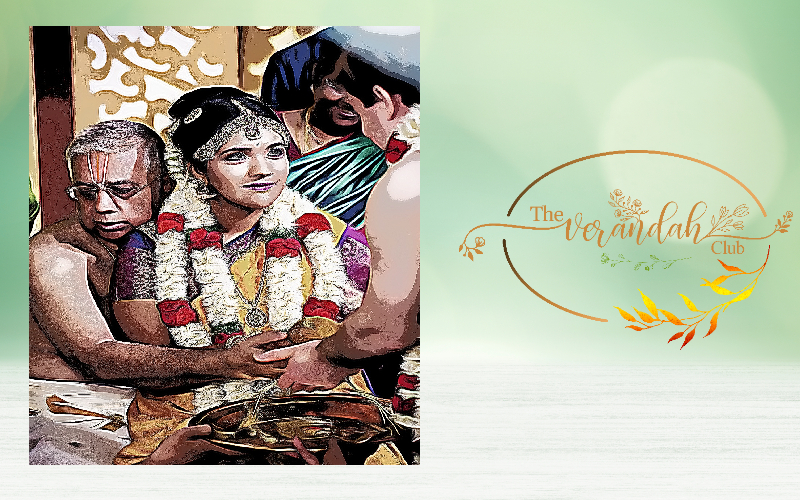
Kanyakaa Dhaanam
Kanya means a young girl and Dhaanam – offering
The greatest privilege of any girl’s parents is to offer their daughter in marriage. The prospective father-in-law seats the bridegroom in the eastern direction and washes his feet considering him as Lord Vishnu himself. All honours are given, and he is offered madhuparka (a mixture of yoghurt, honey, and ghee).
The following non-vedic verses are chanted in that context.
Kanyaam Kanakasampannaam Kanakabharanabhooshithaam,
Daasyaami Vishnave Thubhyam Bramalokajigeeshayaa.
With a desire to attain Bramaloka (The World of Celetials), I give this girl adorned with golden ornaments, unto you, who is Lord Vishnu himself.
Visvambharah Sarvabhoothaah Saaksinah Sarvadevathaah
Imaam Kanyaam Pradaasyaami Pitrnam Thaaranaaya Cha
With all the Gods who support this world as witness, I give this girl to you for the good of the forefathers. Having received the bride as gift, the bridegroom prays to various Gods seeking their grace.
In the next ritual (Vadhoosameekshanam), the bridegroom and the bride look at each other formally for the first time. The bridegroom is concerned about any doshas (defects) that the bride might have and prays to the Gods Varuna, Brihaspati, Indra, and Surya to nullify all defects and make her fit for a harmonious long married life blessed with progeny and happiness. The bridegroom recites the mantra (Doshanivaaranam) and wipes the eyebrows of the bride with a blade of darbha grass, as if he is away all (Rodanapraayaschittam) to ward off the effects of the cry of parents due to the separation of their daughter.
Vadhuparishuddhi – Purification of the Bride
During this ritual a small yoke is kept on the bride’s head and a piece of gold placed upon it. Water is poured through the hole of the yoke. The yoke of cow and gold signify auspiciousness. The blessings of Gods are invoked in the water. These mantras are chanted to remove any unknown disease in the bride and purify her. Five Veda mantras are recited to sanctify the bride in preparation for the subsequent stages of the wedding. This aspect of the wedding is known as the Mangala Snaanam (Vadhu Snaanam). The Sun (Surya), Water (Varuna), and other Gods are invoked to purify the bride in preparation for a harmonious married life. These purifying rites for the girl are similar to the sacred thread ceremony for the boy.
During Vastradhaanam, glorifying Lord Indra through a mantra, the bridegroom gives the new dress to the bride for wearing.
(...To be continued)
NEXT ARTICLE
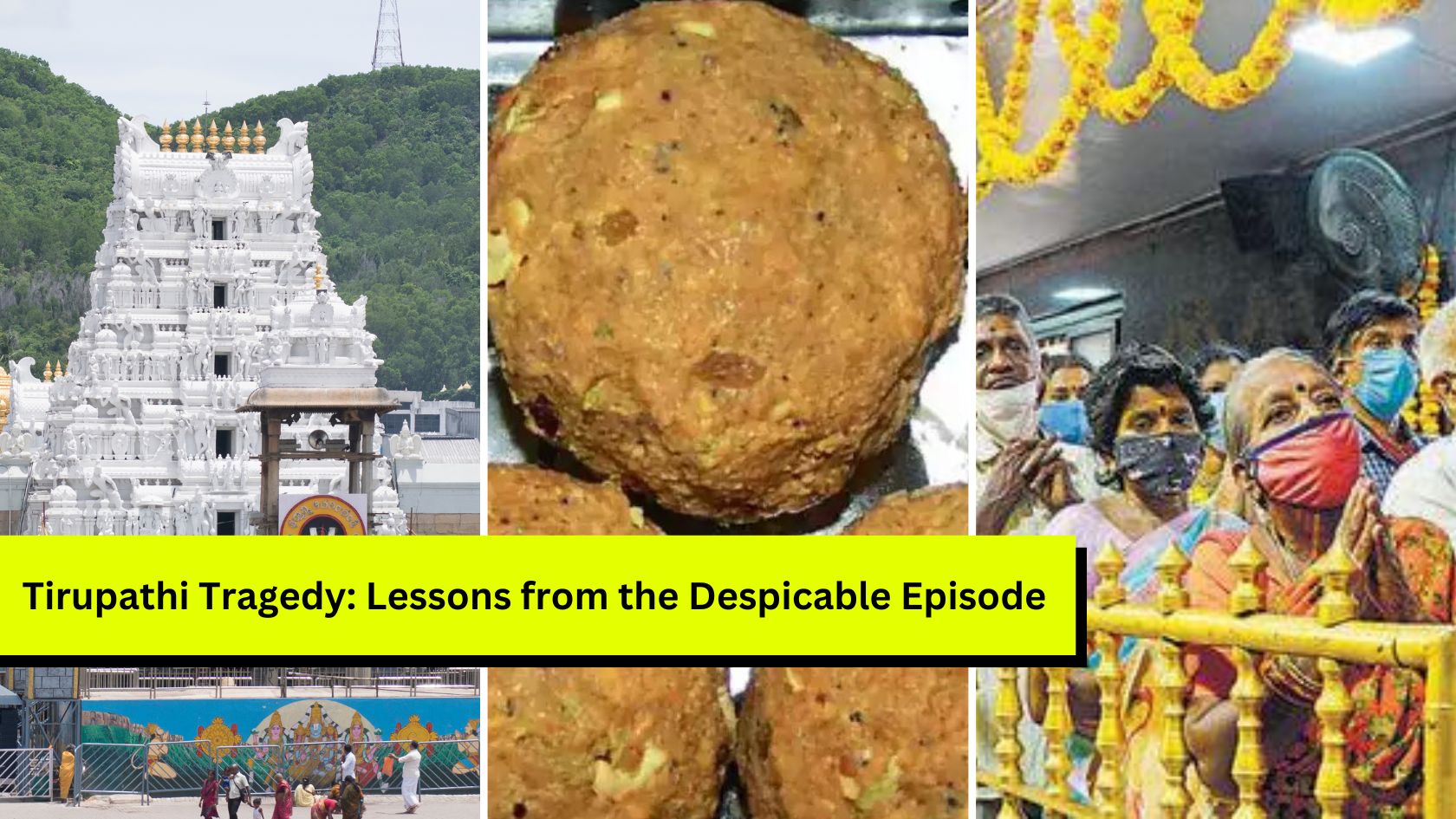
The Venkateshwara Swami Temple in Tirupati is among the holiest places in the world for Hindus. Millions of people throng the temple every year to get...
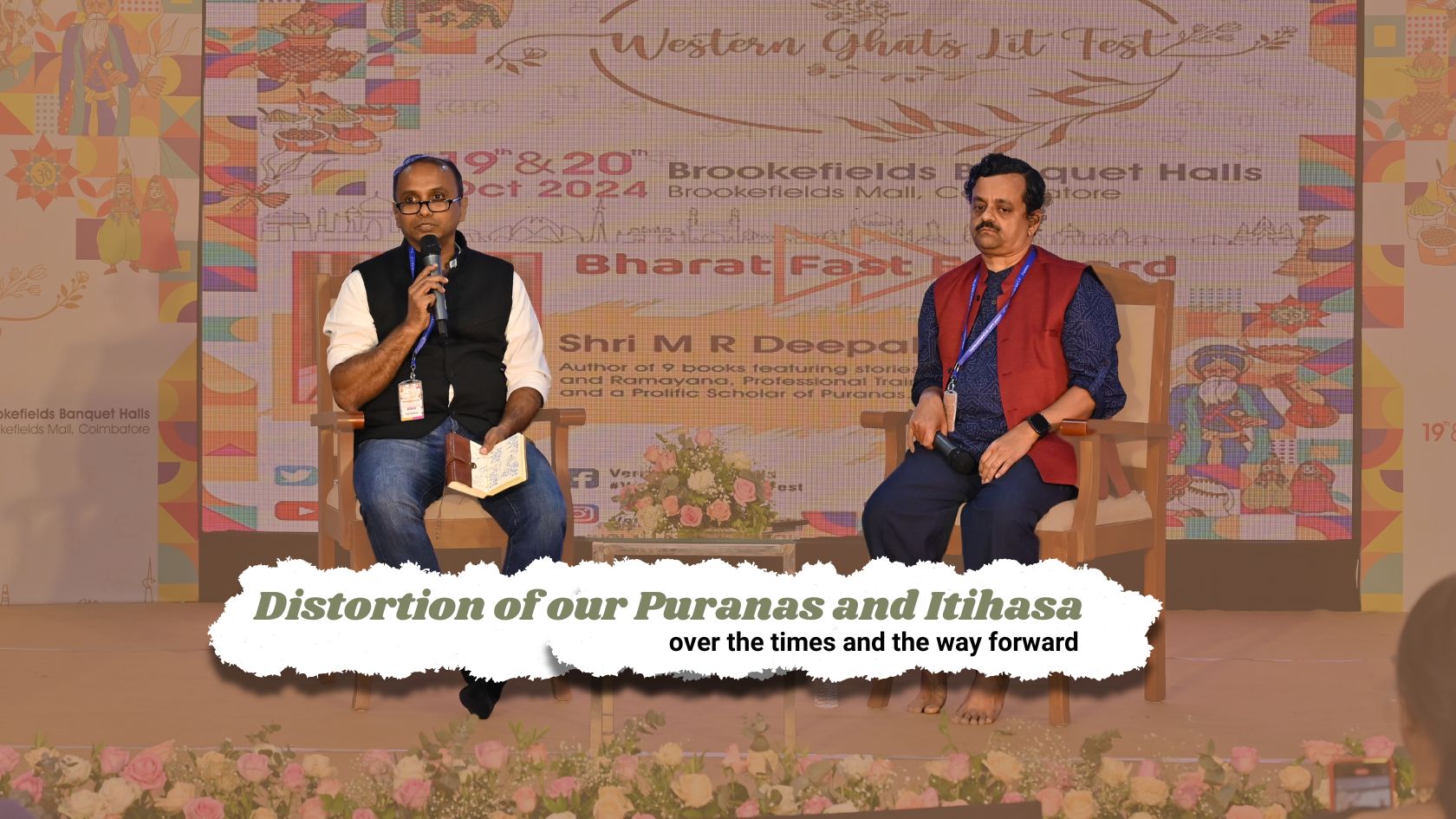
It is a sad reality that our Itihasa and Puranas have been subject to severe distortion over the years. This is not surprising considering how even th...
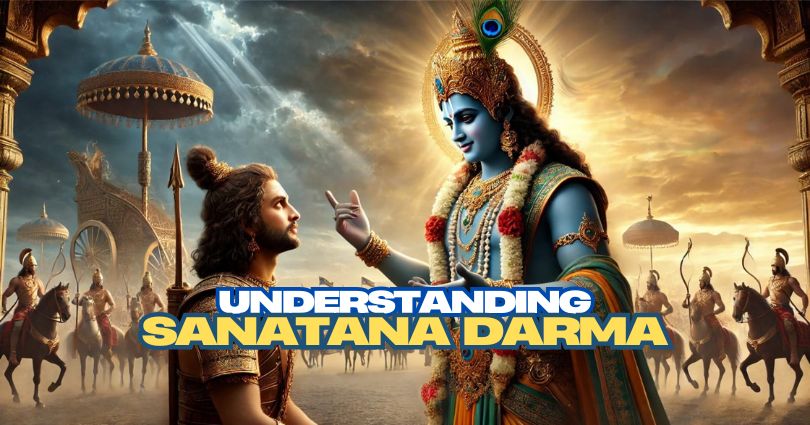
The holy land of Bharat follows Sanatana Dharma. The word Sanatana Dharma is a Sanskrit word meaning, “Eternal law”. It is the indestructible ultimate...